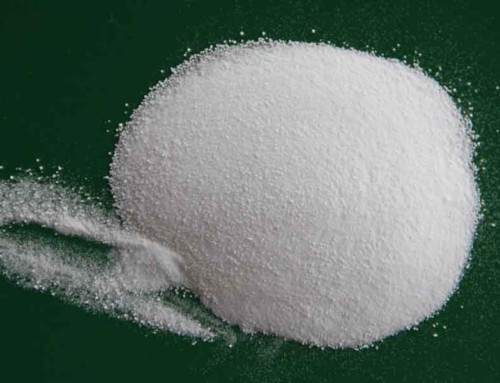Project Description
Possible cancer prevention
Calcium did control for a possible anticarcinogenic effect of vitamin D, which was found to be an independent positive influence from calcium-alone on cancer. An observational study found that high calcium and vitamin D intake was associated with “lower risk of developing premenopausal breast cancer
The National osteoporosis Foundation says, “Calcium plays an important role in building stronger, denser bones early in life and keeping bones strong and healthy later in life.” Approximately 99 percent of the body’s calcium is stored in the bones and teeth
Wikipedia: In July 2006, a report citing research from Fred Hutchinson Cancer Research Center in Seattle, Washington claimed that women in their 50s gained 5 pounds (2.3 kg) less in a period of 10 years by taking more than 500 mg of calcium supplements than those who did not. A meta-analysis by the international Cochrane Collaboration of two randomized controlled trials found that calcium “might contribute to a moderate degree to the prevention of adenomatous colonic polyps”.
US National Library of Medicine National Institutes of Health
You have more calcium in your body than any other mineral. Calcium has many important jobs. The body stores more than 99 percent of its calcium in the bones and teeth to help make and keep them strong. The rest is throughout the body in blood, muscle and the fluid between cells. Your body needs calcium to help muscles and blood vessels contract and expand, to secrete hormones and enzymes and to send messages through the nervous system. It is important to get plenty of calcium in the foods you eat. Foods rich in calcium include dairy products such as milk, cheese and yogurt, and leafy, green vegetables. The exact amount of calcium you need depends on your age and other factors. Growing children and teenagers need more calcium than young adults. Older women need plenty of calcium to prevent osteoporosis. People who do not eat enough high-calcium foods should take a calcium supplement
US National Library of Medicine National Institutes of Health:
Connie M. Weaver* Department of Foods and Nutrition, Purdue University, West Lafayette, IN 47907
Calcium is the 5th most abundant element in the body with 99% residing in the skeleton as hydroxyapatite, a complex calcium phosphate molecule. This mineral supplies the strength to bones that support locomotion, but it also serves as a reservoir to maintain serum calcium levels. Calcium plays a central role in a wide range of essential functions. Its metabolism is regulated by 3 major transport systems: intestinal absorption, renal reabsorption, and bone turnover. Calcium transport in these tissues is regulated by a sophisticated homeostatic hormonal system that involves parathyroid hormone, 1,25 dihydroxyvitamin D, ionized calcium, and the calcium sensing receptor
Calcium used clinically is usually prescribed as a dietary supplement. Various salts are in common use and include carbonate, phosphate, citrate, and citrate malate. These are usually taken in the form of pills, but a number of calcium-fortified juices are available, which, in general, are easier to take and are more digestible.The diseases include hypoparathyroidism, malabsorptive bowel disease, and osteoporosis.
In malabsorptive bowel disease, such as may occur with small bowel resection and celiac disease, calcium supplementation is used to optimize calcium absorption. The most common use of calcium supplementation (≤1.5 g/d) currently is for the prevention of age-related osteoporosis. It is given to increase calcium absorption and thus decrease bone resorption.
The second category is in diseases in which the calcium supplement is used to chelate certain dietary anions, particularly phosphate. This use is largely restricted to chronic renal failure in which a reduction in phosphate absorption, and thus in serum phosphate, is the goal of treatmen
The 3rd category is in diseases with symptomatic gastric acidity.







